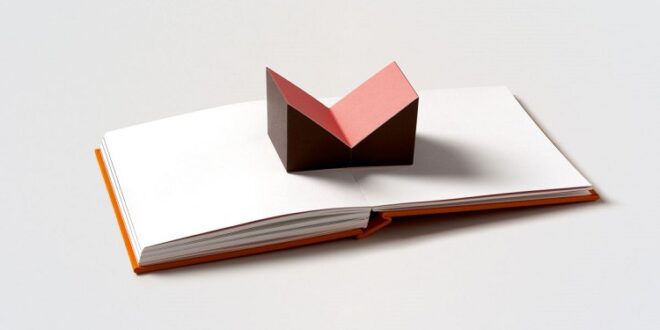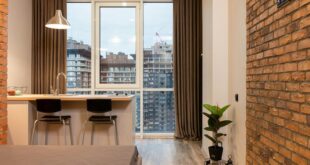Ebooks, hardcovers, textbooks, and workbooks all have something in common: If they’re difficult to read, no one is going to pick them up. Obviously, you want to make the book as visually appealing as possible, but you might not understand how to do that. That’s why we have put together 5 tips for graphic designers, authors, and editors to use to make a better book design.
Take a look.
- Word Spacing
What makes for a great book? One that you can read without your eyes getting fatigued. In other words, you want to ensure that the words are spaced correctly before the book is printed. Readers should be able to look at a sentence and know where each word begins and ends. The rule of thumb for word spacing is to reduce the spacing to 90 percent so that there is a tight, legible line and fewer gaps.
- Clear Numbers
Anthologies and textbooks need to be properly numbered and formatted so that readers can navigate through the content seamlessly. Consider where the numbers are on the page. Also, if the book features a long introduction or additional content, like an appendix or index or glossary, you will want to number them clearly so that they are separate from the main body of text. For example, you could designate the differences with Roman vs Arabic numerals.
- Gutters
One of the most frustrating accidents in book publication is improper gutters. When gutters are incorrect, the words run towards the center binding or are too close to the edge, so the crease or your fingers get in the way.
To make a perfectly bound book, put the gutters no less than 25mm on the right and left. However, this might change depending on the binding. Cold melt glue bindings often let a book lay flat (depending on the book’s thickness), while hot melt glue is more stiff when dry, making a larger gutter necessary.
- Legible Tables
Want a table that doesn’t look skewed or impossible to read? The easiest way to do that is to position the horizontal columns with 5mm between each one. This provides a negative space where the reader can rest their eyes. It also prevents the content from clumping together.
- Suggestions and Feedback
Since getting the best book design is going to take some collaboration between everyone involved, it is best to get comfortable with the idea of making suggestions. After all, it would be disappointing to the author and designer if the book had a mistake in the formatting that hindered its sales.
Also, if you want to get a better book design than others on the market, you are going to have to consider what makes people pick up a book in the first place. Get feedback from other team members, make multiple samples to see which one performs the best, and then take that feedback and make changes.
Conclusion
Whether you are designing a textbook for college or a book of poetry about love, the elements are the same. You need to think about the visual appeal, the readability, and kerning. Keep these tips in mind, and you will create an amazing book that flies off the shelves.
 HammBurg Be informed with latest news, reviews, entertainment, lifestyle tips, and much more.
HammBurg Be informed with latest news, reviews, entertainment, lifestyle tips, and much more.




